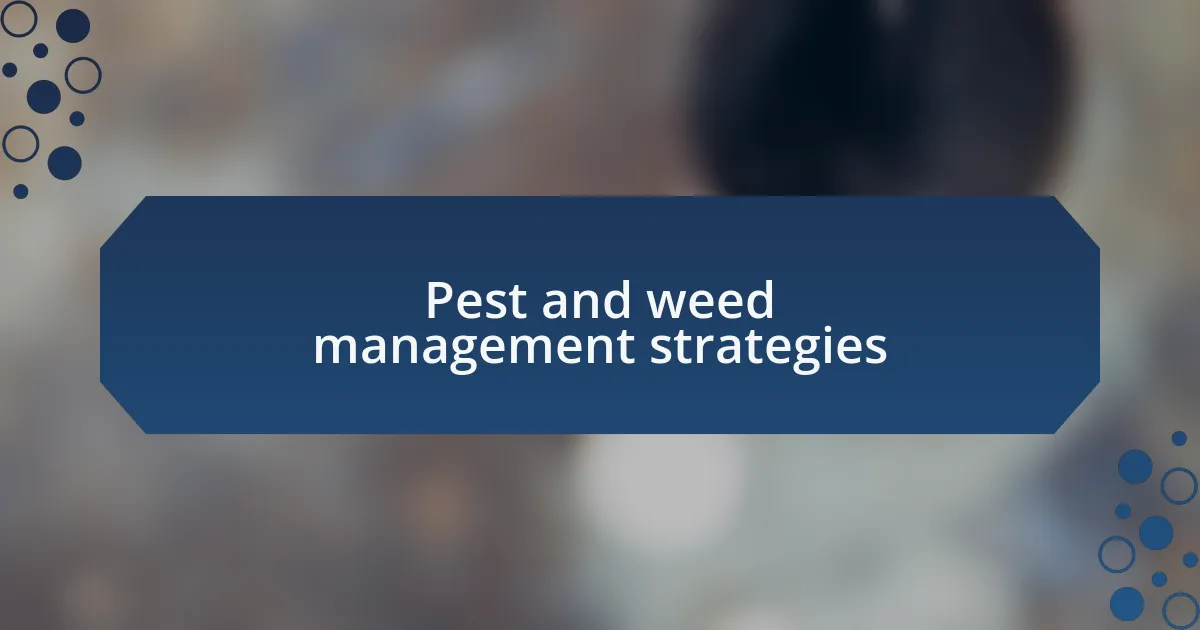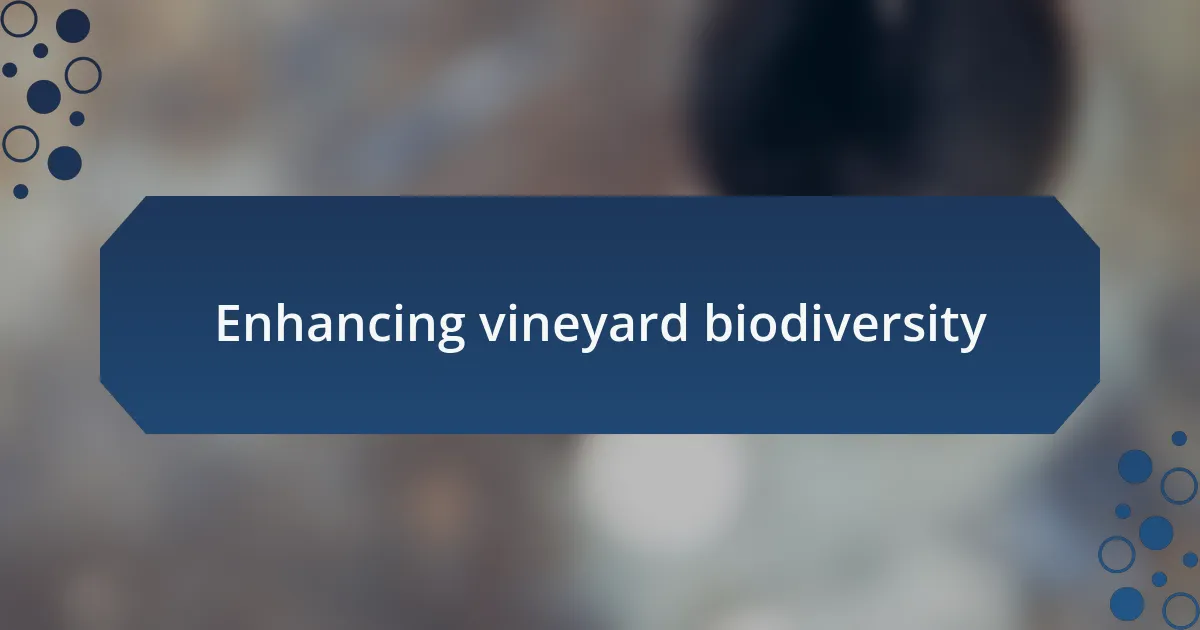Key takeaways:
- Cover cropping improves soil health, structure, and biodiversity while minimizing erosion and suppressing weeds effectively.
- Strategic cover crops attract beneficial insects for natural pest control, reducing reliance on chemical interventions.
- Diverse cover crops enhance vineyard biodiversity, benefiting insect populations, pollination, and ultimately the quality of wine produced.

Understanding cover cropping benefits
Cover cropping offers numerous benefits that can transform the vineyard landscape. When I first started incorporating cover crops, I was amazed by how much healthier the soil became. It’s incredible to think that these humble plants can improve soil structure and enhance biodiversity, fostering a thriving ecosystem beneath our vines.
I often ponder the role of cover crops in minimizing erosion. In my experience, during heavy rains, I’ve seen how a solid cover crop can hold the soil in place, preventing valuable topsoil from washing away. Isn’t it fascinating how nature can work so harmoniously when given a helping hand?
Another significant advantage I’ve noticed is the way cover crops can suppress weeds naturally. When I first transitioned to organic practices, the battle against weeds was daunting. However, strategic cover cropping has not only reduced my weed pressure but also helped in enhancing the nutrient content of the soil. Have you ever stopped to think about how much easier this makes vineyard maintenance while promoting sustainable practices?

Pest and weed management strategies
One of the most effective pest management strategies I’ve adopted involves using cover crops to attract beneficial insects. I recall planting clover and mustards among my vines; it was a revelation to see ladybugs and lacewings flitting about. These little allies not only feed on aphids and mites but also provide natural pest control, reducing the need for chemical interventions. Isn’t it remarkable how a tiny bug can have such a big impact?
Weed management has also become much more strategic with the use of cover crops. During my first season experimenting with a mix of rye and vetch, I was astounded to see how the dense growth choked out unwanted plants. This not only saved me hours of labor spent on weeding but also created a healthier environment for my vines. Have you ever considered how much time and effort this can save in the long run?
Moreover, I’ve discovered that diverse cover crops can disrupt the life cycles of certain pests. When I mixed different species, I realized how effectively these plants could confuse pests that rely on specific host plants. It felt like orchestrating a living shield around my vineyard. Can you imagine the satisfaction of knowing that you’re working in harmony with nature rather than constantly battling it?

Enhancing vineyard biodiversity
Cover cropping significantly enhances vineyard biodiversity, creating a thriving ecosystem. I’ve noticed diverse plantings attract a variety of insects, birds, and even small mammals. One sunny afternoon, I watched a pair of finches darting between the row crops, and in that moment, I felt a deep connection to the land, understanding that every organism plays a vital role in this intricate web of life.
Over time, I found that planting a mix of flowering crops not only boosted the insect population but also led to improved soil health. It was like nurturing a symphony, where each species contributes its unique note. When I took a step back to observe the vibrant tapestry of life in my vineyard, I wondered how such diversity could also enhance the flavors of the wine produced. Have you seen how nature’s design can lead to richer, more complex wines?
Most impressively, cover crops build resilience in the vineyard ecosystem. I’ve witnessed firsthand how an increased variety of plants can improve pollination and overall fruit set. This past harvest season, the grapes had never tasted better, and I couldn’t help but feel pride knowing that my efforts to enhance biodiversity were directly impacting the quality of my wine. It makes you think, doesn’t it? What other benefits lie within that rich diversity?